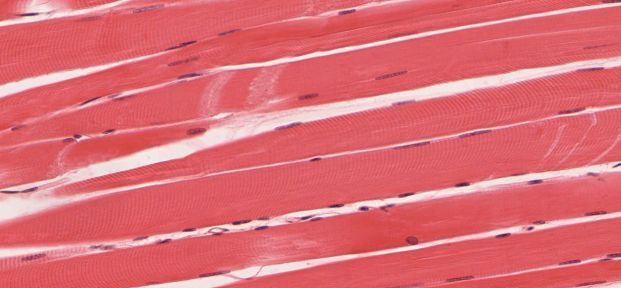The older we grow, the weaker our muscles get, riddling old age with frailty and physical disability. But this doesn’t only affect the individual, it also creates a significant burden on public healthcare. And yet, research efforts into the biological processes and biomarkers that define muscle aging have not yet defined the underlying causes.
Now, a team of scientists from lab of Johan Auwerx at EPFL’s School of Life Sciences looked at the issue through a different angle: the similarities between muscle aging and degenerative muscle diseases. They have discovered protein aggregates that deposit in skeletal muscles during natural aging, and that blocking this can prevent the detrimental features of muscle aging. The study is published in Cell Reports.
“During age-associated muscle diseases, such as inclusion body myositis (IBM), our cells struggle to maintain correct protein folding, leading these misfolded proteins to precipitate and forming toxic protein aggregates within the muscles,” explains Auwerx. “The most prominent component of these protein aggregates is beta-amyloid, just like in the amyloid plaques in the brains of patients with Alzheimer’s disease.”
